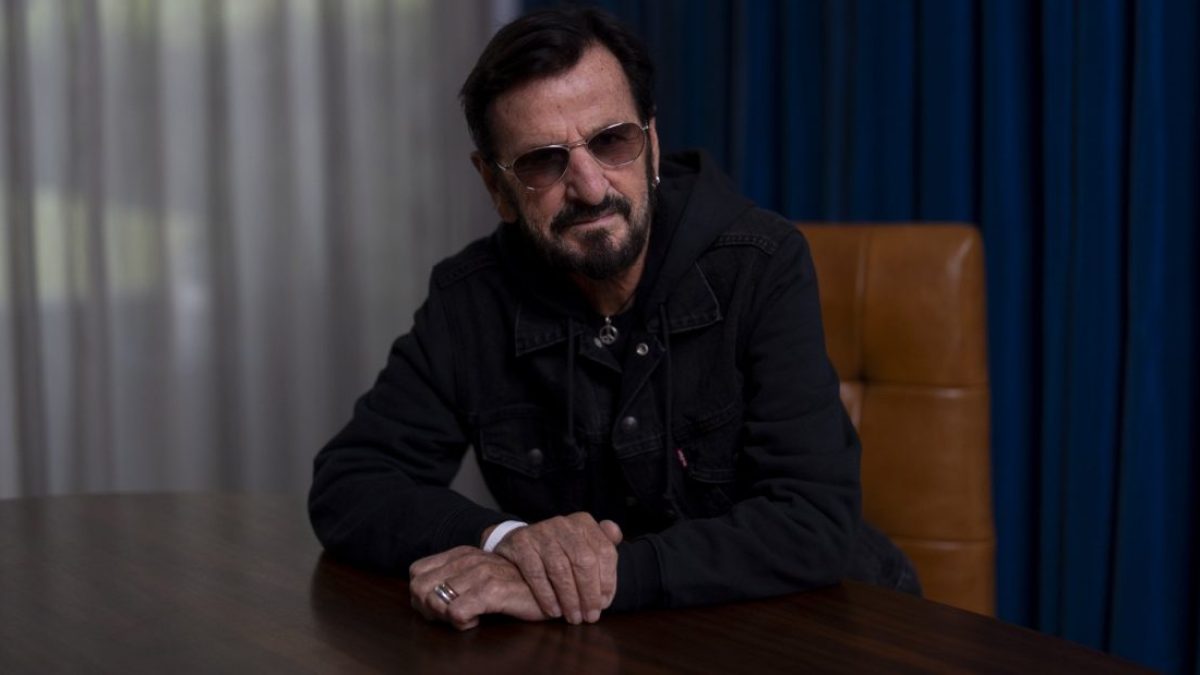In the still insatiable demand for Beatles content, author and music writer Tom Doyle’s definitive biography of the band’s unsung hero is, like a Ringo Starr drum fill, extremely well-timed. Ringo: A Fab Life takes an engaging, meticulous view of the life – and myths – of The Beatles’ drummer, fleshing out with sharp analysis the well-documented events, while detailing with no little sparkle some of the lesser-known aspects of Ringo’s remarkable career. Here are 10 takeaways.
Yes, Ringo really was the best drummer in The Beatles
It’s remarkable that the notion Ringo Starr wasn’t a good drummer has endured as a pop culture myth for decades, as if the best band of all time had a plodder behind the kit. Doyle, a drummer himself, makes a great case for Ringo as not just a great rock’n’roll drummer – his inventive drumming on “She Loves You” was, Doyle says, “the beat that helped sell a million records” – but as an artful, emotional interpreter of song. Ringo is painted throughout as the ordinary bloke with an extraordinary talent, albeit one without a pretentious bone in his body.
But Doyle highlights his “lateral thinking and approaching the others’ songs from obtuse angles”, a technique he calls “picturing the song” that is best exemplified in the shape-shifting beat of “A Day in the Life”. ‘“Four thousand holes in Blackburn, Lancashire’ – boom ba bom. I try to show that … the disenchanting mood,” Ringo said by way of explanation.
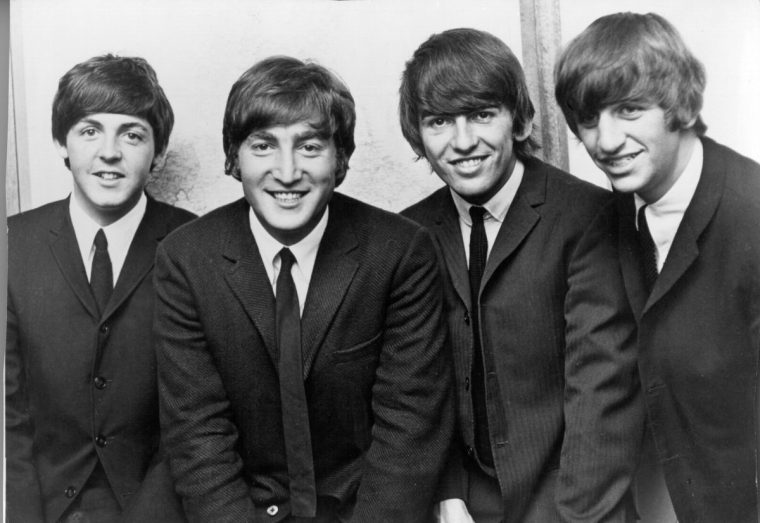 The Beatles in 1962. From left: Paul McCartney, John Lennon, George Harrison, Ringo Starr (Photo: Michael Ochs Archives/Getty)
The Beatles in 1962. From left: Paul McCartney, John Lennon, George Harrison, Ringo Starr (Photo: Michael Ochs Archives/Getty)
Ringo held onto an imposter syndrome due to being ‘the last man in’
Ringo’s pre-Beatles reputation in Liverpool and beyond was high; as plain old Richard Starkey, his drumming, particularly with popular Merseybeat combo Rory Storm and The Hurricanes, was so good that George Harrison pushed the band to replace the doomed Pete Best (even though Ringo didn’t think much of The Beatles when he first met them in Hamburg in 1960: “They were just a bunch of scruffs.”)
But being the last to join such a close knit, not to mention obscenely talented, entity left Ringo with an outsider feeling he never truly shook off. When Ringo was too ill to start the Beatles’ first world tour in 1964 – Ringo spent lengthy periods of his childhood in hospital – the band temporarily replaced him with Jimmie Nicol, leaving Ringo fearing he’d “done a Pete Best”. His crisis of confidence during The White Album sessions in 1968 led to him briefly leaving the band.
The other Beatles never fell out with Ringo – apart from Paul McCartney, once
But a feature of the book is how much the other Beatles think of Ringo – take the telegram they sent him asking him to rejoin the band in 1968: “You’re the best rock ‘n’ roll drummer in the world. Come on home, we love you.” While the other three endured testy relationships at various stages (if not outright hostility), Ringo was the affable, emotional centre of the group; one book chapter is even titled “The Glue” in tribute to Ringo’s easy-going sociability.
But there was one notable exception. In the messy post-split aftermath, Ringo was tasked with delivering McCartney a letter stating he’d have to move the release date of his first solo album, McCartney, so as not to clash with The Beatles’ final album, 1970’s Let It Be. Paul went mad, throwing Ringo out of his house, with their relationship breaking down for several years; Ringo’s 1972 hit “Back Off Boogaloo” is allegedly an uncharacteristic swipe at McCartney.
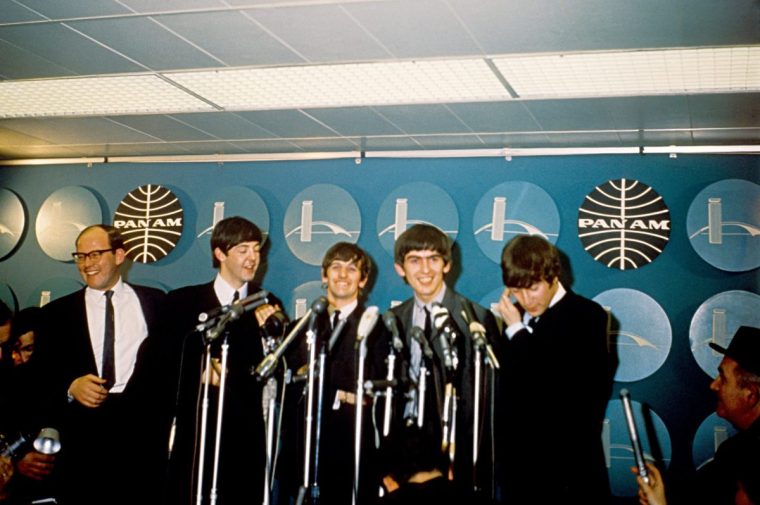 The Beatles at their first US press conference in 1964 (Photo: Michael Ochs Archives/Getty)
The Beatles at their first US press conference in 1964 (Photo: Michael Ochs Archives/Getty)
‘Ringo for President’ – Ringo was America’s favourite Beatle
At home, Ringo was always more of a punchline than the others. But it was a different story in America. When Beatlemania first stormed the States in 1964, it was Ringo who won hearts and minds, starting at that famous very first press conference where it was he, alongside George, who was making quick-fire quips and Elvis impressions. US magazine Saturday Evening Post said as much, stating Ringo “evokes paroxysms of teenage shrieks everywhere by a mere turn of his head… When he flips his hair, the kids flip theirs.”
“Ringo for President” therefore became a fun and irreverent campaign (T-shirts, caps, banners) that still exists today. It didn’t stop there; Ringo was the subject of several hit songs of the era, including Cheryl Sarkisian’s “Ringo, I Love You,” “Ringo Did It” by Veronica Lee, The Starlettes’ “Ringo”, Rex Miller’s comedy track “Ringo’s Doctor” and the Young World Singers’ “Ringo for President”, later covered by one-time Beatles friend, the disgraced Rolf Harris.
Ringo took his wife’s affair with George Harrison very well
It was a pre-Christmas party in 1973 when George Harrison just blurted it out: “I’m in love with your wife,” he told Ringo of Maureen, stunning both his old bandmate and the assorted guests – including Maureen herself and George’s wife, Patti. It was a messy, complicated love triangle – Lennon would later state the situation was “virtual incest” – but Ringo, hardly a stranger to extra marital affairs himself, reacted in the moment with remarkable grace and goodwill. “Better you than someone we don’t know,” he replied in a steady manner.
While his marriage to Maureen would last just another three years before he took up with his lover Chris O’Dell (leading to lengthy alimony battles), Ringo and George somehow managed to put it all behind them and move on.
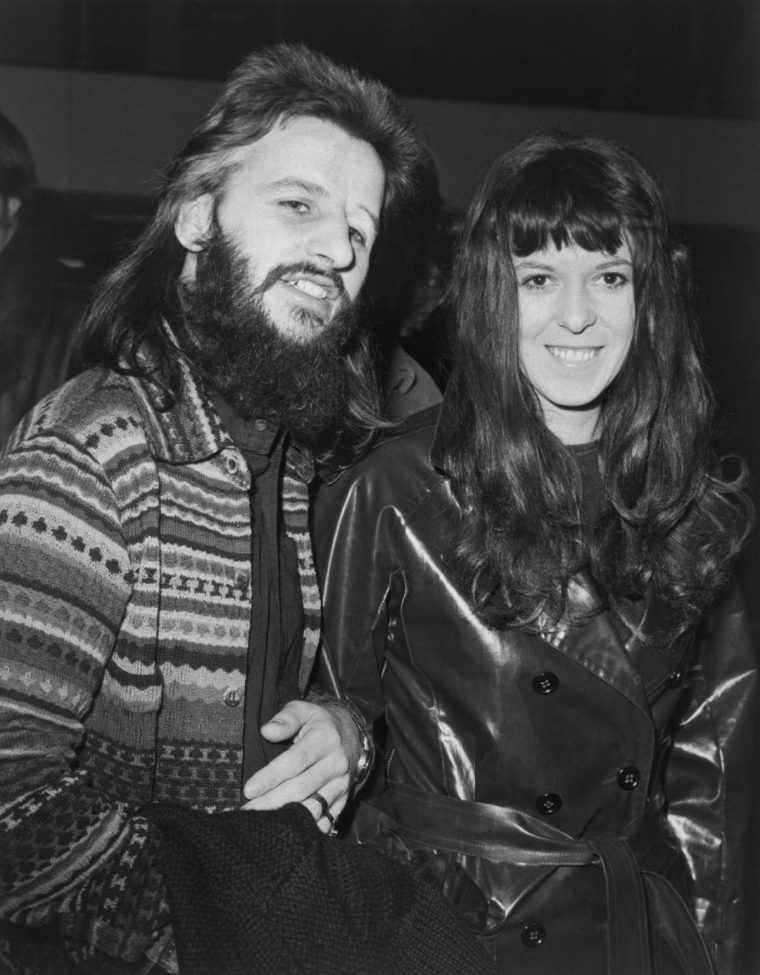 Ringo Starr with his wife Maureen in 1972 (Photo: Bettmann)
Ringo Starr with his wife Maureen in 1972 (Photo: Bettmann)
In 1976, Ringo had his own ‘Britney’ moment
By the mid-70s, Ringo had entered a dark place. The early promise and success of his initial solo career – he’d enjoyed a run of great top 10 singles including “Photograph” and “It Don’t Come Easy” – had given way to diminishing returns of lazy and poor records. Suffering from the “jet-setting blues” – a party lifestyle lived between Monaco, LA and London for tax purposes – he was now directionless, drinking heavily and taking lots of cocaine.
So one day in Monte Carlo, feeling “hot”, he went to the barbers – though there is a story that it was actually Led Zeppelin drummer John Bonham who did the deed – and had his hair and eyebrows shaved off, radical for a Beatle. “I went mad,” he later said. “It was a time when you either cut your wrists or your hair, and I’m a coward.”
Ringo’s ‘lost years’ threw up some weird ventures
Out of love with drumming – not to mention drinking heavily – Ringo’s attempts to find meaning in his post-Beatles wilderness years led him to some off-kilter choices. His record label Ring O’Records (name suggested by Lennon) was perhaps at least an understandable undertaking, though Ringo’s disinterest led to failure. More bizarre was ROR, an interior design company set up with Robin Cruikshank that promised, as Doyle writes, “modern, artful, flashy furniture for the wealthy hipster”.
For a while it was a success: David Bowie, Elton John and Chistopher Plummer were customers. In 1982 the company signed a $10 million contract to design the interior of the Mushrif Palace in Abu Dhabi. Ringo left in 1986, just after he’d begun what’s surely his best non-music gig: voicing Thomas the Tank Engine, the peak of 80s children’s television. As he’d said previously: “I like kids. I used to be one.”
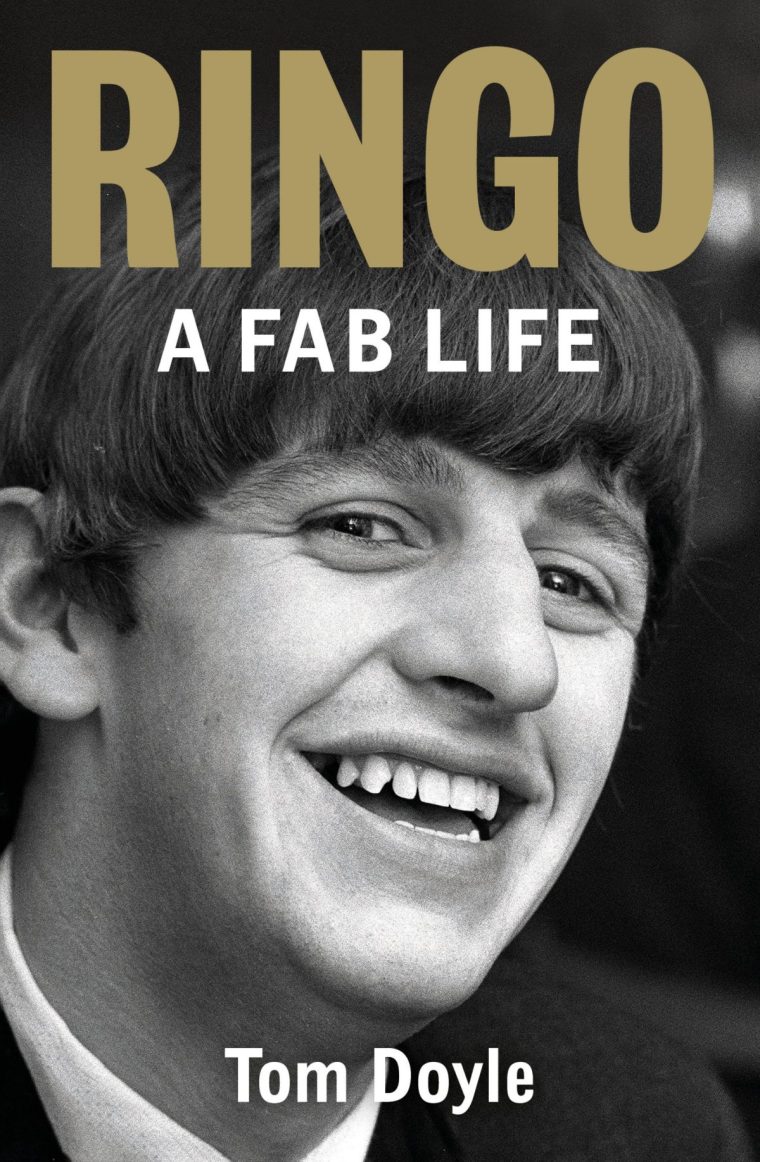 Ringo’s attempts to find meaning in his post-Beatles wilderness years led him to some off-kilter choices
Ringo’s attempts to find meaning in his post-Beatles wilderness years led him to some off-kilter choices
Ringo’s addiction plumbed terrible depths
Professionally, Ringo struggled on during the 1980s, making bad movies and worse albums. But things were much worse personally. With his drink and drug addiction out of control, his decade was punctuated with awful incidents.
He nearly died in a car crash with his soon-to-be new wife, former Bond girl Barbara Bach, in 1980; his public appearances on TV chat shows were drunken and embarrassing; worse still, with Ringo (at his own admission) dragging Barbara into addiction with him, the pair’s relationship could turn toxic. They openly fought – sometimes physically – in public. He and Barbara finally got sober in 1988, his life since calm and positive, full of, as he would say, “peace and love”.
All these years on, Ringo is still processing his incredible life
Given Ringo’s “hellishly rough” start in life – a father who absconded when he was three, a poverty-stricken upbringing in the Dingle area of Liverpool, a sickly, near-death childhood that saw his grandad nickname him “Lazarus” – it wasn’t even certain he would survive into adulthood. That he went on to live one of the most remarkable lives in history, one that remains unceasing in its fame and adulation to this day, is still something that Ringo hasn’t fully reckoned with at 85 years old.
“I make more right moves than left moves,” he once quipped to Doyle in one of his typical aphorisms as he tried to explain what happened. But receiving an honorary doctorate at the Berklee College of Music in 2022, he admitted his life was “some strange fairy tale” he’s at a loss to rationalise. As he told Doyle himself: “I try not to overthink it.”

